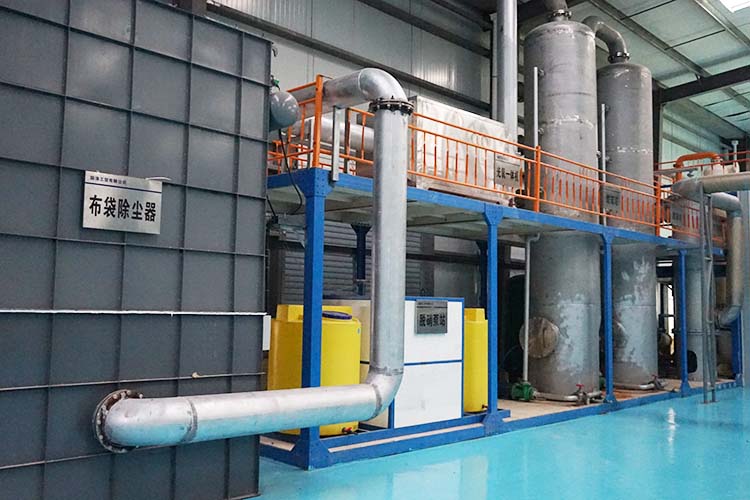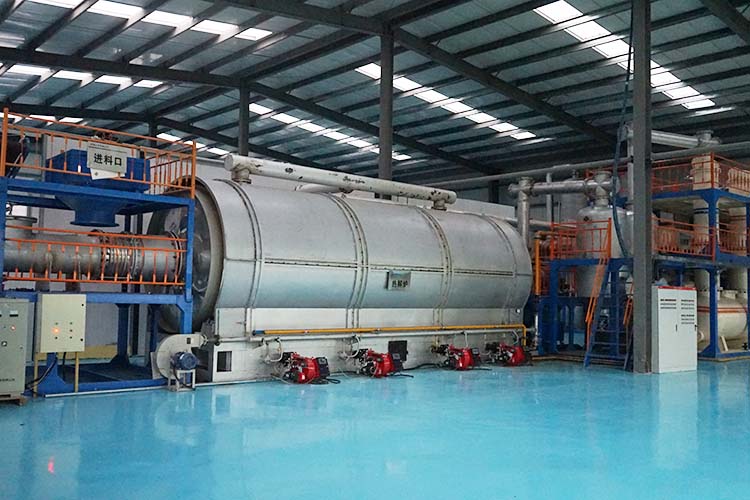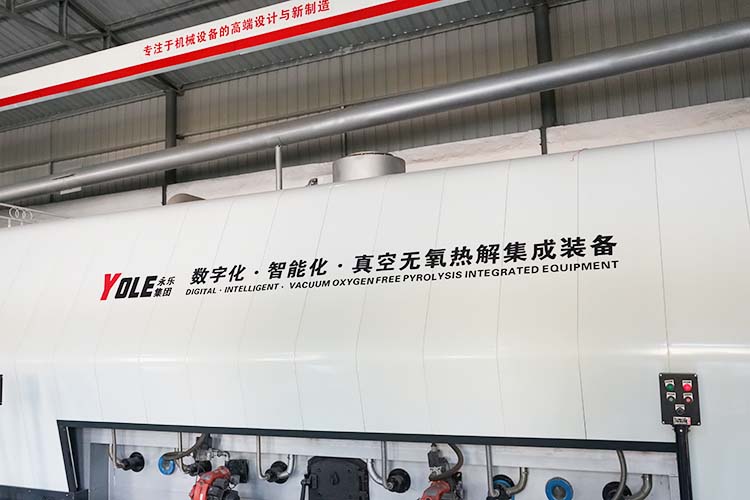Henan Yongle Group focuses on the research and development, production, and sales of complete sets of technology and equipment for the disposal and comprehensive utilization of organic solid waste. With years of deep cultivation in the field of organic waste treatment, it can achieve harmless, reduced, and stable treatment of various organic wastes such as general industrial organic solid waste, urban household waste, and municipal sludge.

With its independently developed low-temperature anaerobic pyrolysis technology, it achieves efficient resource utilization and comprehensive utilization. The hazardous waste treatment equipment developed by it has built a complete and efficient treatment system for hazardous wastes such as fly ash and polluted salt, achieving a closed loop from harmless treatment to resource recycling. The design of hazardous waste treatment equipment fully considers the characteristics of different hazardous wastes in the treatment process, and the equipment is interconnected and closely coordinated.
For fly ash stored in silos and fly ash and salt stored in ton bags in warehouses, the equipment first starts the pre-treatment process. After pre dissolution, the polluted salt and fly ash are precisely transported by a pump to the fly ash washing section, where the fly ash undergoes washing and pressure filtration processes to remove harmful substances. The treated low chlorine ash is then sent to the thermal desorption system. The thermal desorption system is like a precision "purification factory", which can effectively remove dioxins from low chlorine ash. The removed product ash is transported to the product warehouse for proper storage, becoming a high-quality raw material for later geopolymer cementitious material projects, transforming the once hazardous waste into valuable materials for reuse.

The equipment has demonstrated limited resource recovery capabilities when dealing with leachate after washing with contaminated salt and fly ash. The leaching solution is first pretreated and then enters the preheater for efficient heat exchange with the condensed water produced by evaporation crystallization. By utilizing the condensate generated by the system itself for preheating, the temperature of the feed liquid can be raised, preparing for subsequent evaporation and crystallization. The heated liquid is sent to the sodium chloride evaporation crystallizer, where the evaporation process is completed and sodium chloride is crystallized and precipitated. The salt slurry is discharged from the salt foot of the evaporator and transferred to the centrifuge for separation through the discharge pump, obtaining wet sodium chloride salt. The wet salt is then dried, packaged, and other processes, ultimately becoming a usable by-product sodium chloride, achieving the initial recovery of salt resources. After the salt mother liquor is discharged from the evaporative crystallizer, the processing flow of the equipment does not terminate, but enters the separation stage. The salt mother liquor is sequentially sent to the three-stage flash evaporation crystallizer, where potassium chloride is precipitated by cooling and crystallization through flash evaporation.

The potassium chloride slurry is also transferred to the centrifuge through the discharge pump, and potassium chloride is obtained through centrifugal separation. The wet salt is packaged as a by-product potassium chloride, further improving the utilization rate of resources in hazardous waste. In order to improve the recovery rate of potassium and sodium salts, the recycling capacity of hazardous waste treatment equipment is reflected in the process design. Part of the potassium chloride mother liquor is returned to the salt evaporation crystallizer for circulation, giving the potassium sodium salt that has not been fully extracted a chance to be recovered again; The other part of the mother liquor enters the mother liquor drying device, where impurities are obtained after treatment, ensuring that there is no waste liquid residue in the entire treatment process and achieving thorough treatment of hazardous waste. Hazardous waste treatment equipment has become a leader in the field of hazardous waste treatment due to its compact composition, coherent processes, and efficient resource recovery capabilities. From harmless treatment of fly ash to graded recovery of salt substances, every step demonstrates Henan Yongle Group's strength in research and development and profound understanding of resource recycling.
Yongle Environmental Protection is mainly engaged in the research and development, production and sales of complete sets of technical equipment for organic solid waste disposal and comprehensive utilization. Production and manufacturing, domestic waste treatment equipment, tire pyrolysis equipment, medical waste disposal equipment, hazardous waste disposal equipment, and achieve efficient and comprehensive utilization of resources through independently developed low-temperature anaerobic pyrolysis equipment technology solutions.
Tags:Resource utilization process of hazardous waste treatment equipment,Hazardous Waste Disposal,YONGLE GROUP
 Latest news
Latest news


























